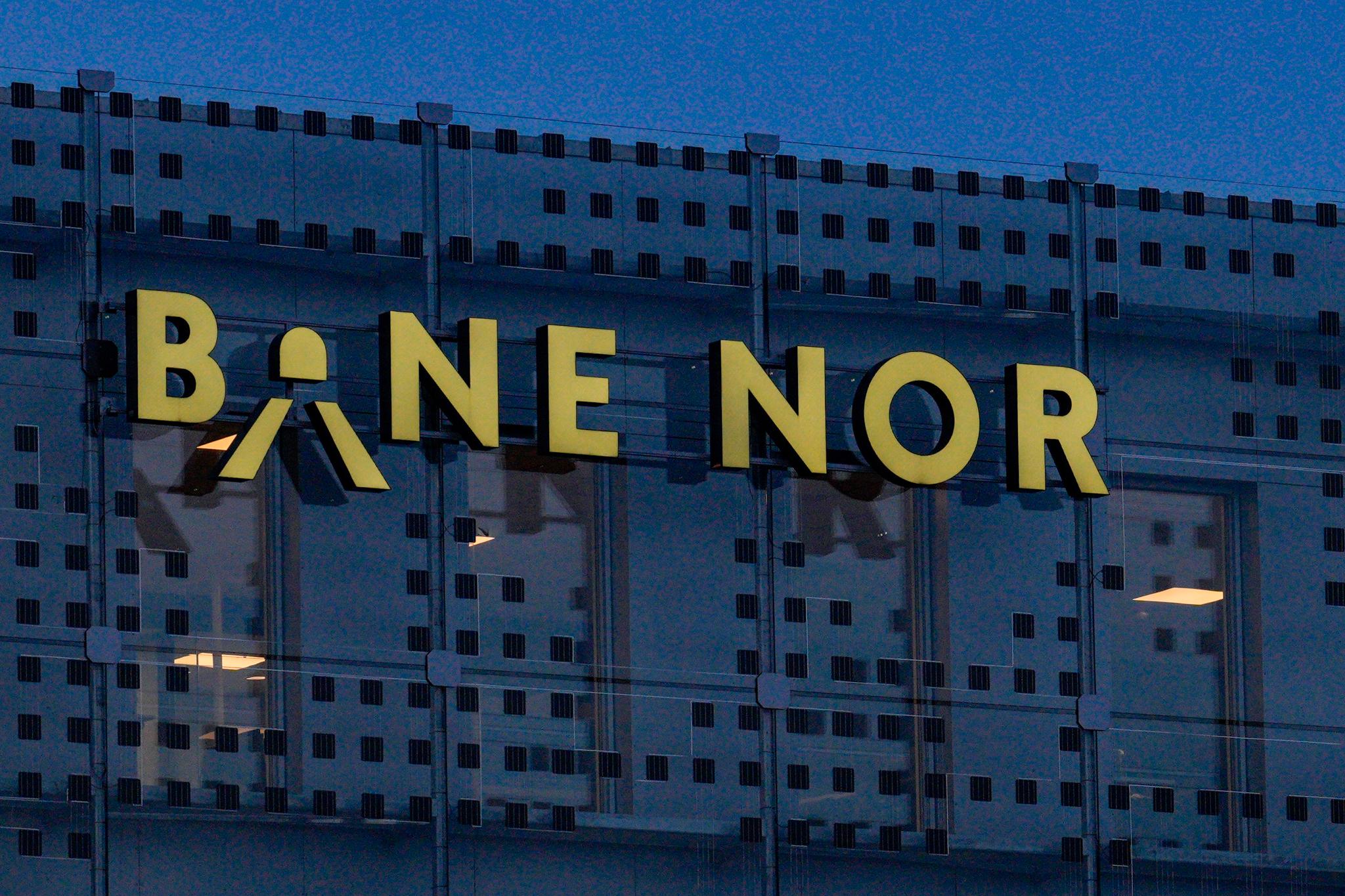This year Niels Destadsbader will kick off De Warmste Week and also conclude it in a TV show. The fact that the popular singer and presenter has received this honor shows how an alternative radio experiment has evolved into a broad family event.
“I just passed by Bruges and looked at the construction,” says presenter Peter Van de Veire. “What struck me: how huge that has become.”
In 2006, Van de Veire entered the Glass House in front of the station in Leuven, the predecessor of the current Warmest Village and Warmest House. Together with Tomas De Soete and Christophe Lambrecht, he would live there for a week from music and juices. To draw attention to the victims of landmines, the presenters went without eating for a week.
The first few days there was no attention, Van de Veire remembers. “People just passed us by,” he says. “But on the third day Christophe woke me up to report that there were a lot of people in front of our Glass House. From then on it basically exploded.”
Camille as Clouseau
The radio concept has been riding a broad wave of success for seventeen years. What started with three “diehard Studio Brussels people”, as Van de Veire describes himself and his colleagues at the time, has grown into an initiative that the VRT plays on all its channels and that has embraced the whole of Flanders.
Also Niels Destadsbader – one of the most important screen faces of the broadcaster – is assigned a role this year: he presents the closing show on Christmas Eve and gives a summary every day on VRT 1. The fact that VRT is playing Destadsbader in this way also shows how much De Warmste Week has evolved since those early days.
The adventure and rock ‘n’ roll have made way for a broad family event. Parents come by with their children. The requests include classic rock records, but undoubtedly ‘Emergency’ or ‘Vuurwerk’ will also be mentioned. The artists who will perform on the roof of the Warmest House also offer something for everyone. In addition to Clouseau and Camille, there are also more alternative acts such as dEUS and Zwangere Guy.
The presenters are no longer just voices from Studio Brussels. There has been a mix between them and their colleagues from MNM for three years. For this Warmest Week, Eva De Roo and Sam De Bruyn (from Studio Brussel) are paired with Sander Gillis and Robin Keyaert (from MNM). “Since 2018, it has really become the solidarity project of the entire VRT,” says Steven Lemmens, who is network head of both Studio Brussels and MNM. “The way in which the concept is implemented has also evolved slightly over the years.”
This includes, among other things, the charities for which money is raised. In the beginning it was about drinking water or mothers fleeing war. From 2013 onwards, the focus was no longer on abroad. Listeners could propose projects themselves, which were then selected by the King Baudouin Foundation.
“We received more and more questions to do something about problems with us,” says Jan Van Biesen, former network head of Studio Brussels. “I thought that was very legitimate, because so many associations also need help here in their own country.” Another name was also added: ‘Music for Life’ faded into the background. It was replaced by ‘The Warmest Week’. In the early years, the radio makers set up their Glass House in city centers, but from 2013 they moved to recreational areas.
The program experienced farming years. More than 17 million euros were raised each time at the 2018 and 2019 editions. This is a record amount for Flanders, Van Biesen points out. That period coincides with the moment when the entire VRT put its weight behind the program. “Because the impact of De Warmste Week transcended Studio Brussels,” says Van Biesen.
But just then the corona years arrived. No money was raised in 2020. The program was then replaced by the ‘Beats of Love’ campaign. Flemish people could then request a song to encourage each other during the lockdown. From 2021 onwards there was another fundraiser, with the theme ‘Being who you are’. This year the theme of the program is ‘Growing up without worries’.
Serious Request
The radio makers got the mustard in the Netherlands for their picture campaign at the very beginning. In the run-up to Christmas, 3FM, the Dutch equivalent of Studio Brussels, already raised money for charity. Our northern neighbors call it the program Serious Request.
The Dutch were also the first to lock DJs in a glass house and their example is being followed in several other countries. Such actions are now also taking place in Switzerland, Sweden, Kenya and South Korea. Over the years it has grown into an international phenomenon. Although it has almost become our own tradition, both with us and with the Dutch.
For the VRT, it also fits in nicely with its mission to create social added value. According to Van de Veire, it was clear from the early years that the program would have an enormous reach, because it could “connect metalheads with schlager fans”.
“In 2006 we still attracted a typical Studio Brussels audience,” says Van de Veire. “But in the second year we already had elderly couples who wanted to hear ‘De roos’ by Ann Christy. That week we suddenly became a bigger family radio than Radio 2.”


